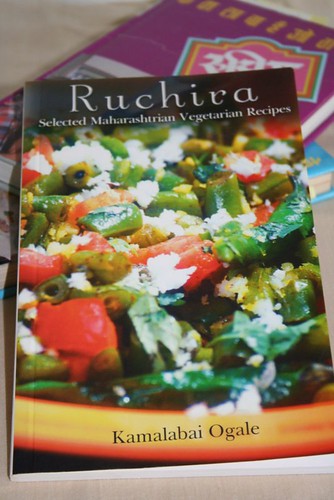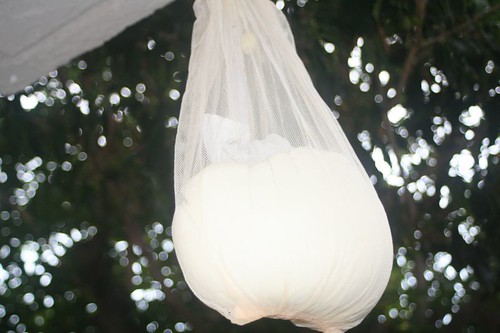 In either case, you first need to pit them. I always fancied buying a cherry pitter but never had the need to buy one. I usually eat cherries straight up, but last weekend I brought tons of fruit home, and I am quite sure that it would be impossible to finish it all by simply snacking. So, I have plans to preserve them a couple of different ways, and that means I would need to pit a whole lot of them. So, here comes the Cherry Pitter to the rescue! Phtk, phtk, phtk, one by one they popped out - hah, I am easily pleased.
In either case, you first need to pit them. I always fancied buying a cherry pitter but never had the need to buy one. I usually eat cherries straight up, but last weekend I brought tons of fruit home, and I am quite sure that it would be impossible to finish it all by simply snacking. So, I have plans to preserve them a couple of different ways, and that means I would need to pit a whole lot of them. So, here comes the Cherry Pitter to the rescue! Phtk, phtk, phtk, one by one they popped out - hah, I am easily pleased.One batch of it went into a pickle that I adapted from a recipe in 'Usha's Pickle Digest', written by Usha Prabakaran. More on that book sometime later.
Although I started with the quantities given, I changed the quantities quite a bit when I started measuring out the ingredients because most of the spices seemed too much to me. The end result was really good. It is a pickle that will please people who like pickles. By that I mean that it has just the right amount of that salty, spicy and sour taste which is the hallmark of Indian pickles. This inspite of drastically reducing the amount of salt, spice and oil given in the recipe.
Apart from that joyful pitting activity, the recipe is quite simple. Here is what I did, with volumetric measurements instead of the orginal ones in grams, except for the cherries.

Ingredients:
500 grams cherries
1 teaspoon + 2 Tablespoons pickling salt, or kosher salt
1 teaspoon methi (fenugreek) seeds
1/4 teaspoon hing (asafoetida)
1 teaspoon + 4 Tablespoons of oil
1/2 teaspoon turmeric
2 Tablespoons jaggery
1 1/2 Tablespoon red chili powder
1 teaspoon mustard seeds
3 Tablespoons lime juice
Method:
Pit the cherries. This is also called stoning the cherries. Marinate the cherries in a teaspoon of salt for a day. Roast the methi and hing on medium heat for a few minutes and powder them together.
Heat one teaspoon oil, add mustard seeds, and when they start to pop, add turmeric, cherries, and jaggery. Stir it together for a few minutes until the cherries start to soften, and some of them break down.
Add the remaining salt, oil, and dry spices, and continue cooking until the oil starts to separate (I did not see this happening, but I knew it was done when the oil got really hot). Add the lime juice, and remove when the mixture starts to bubble.
It is ready to eat as soon as it is cool. The book says that this pickle can stay upto 2 months.
















































